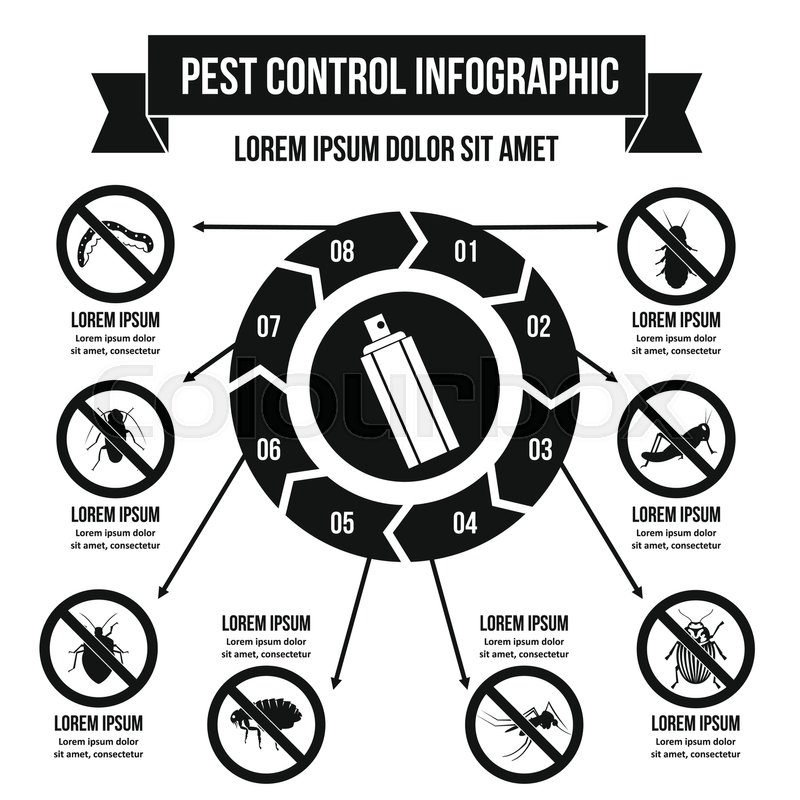Securing Your Attic From Rodents: Trick Advice For Homeowners
Securing Your Attic From Rodents: Trick Advice For Homeowners
Blog Article
Web Content Created By-Jenkins Park
Picture your attic as a comfortable Airbnb for rats, with insulation as fluffy as hotel pillows and wiring a lot more tempting than space service. Now, imagine these unwanted visitors throwing a wild event in your house while you're away. As a home owner, ensuring your attic room is rodent-proof is not practically assurance; it has to do with securing your home and enjoyed ones. So, what straightforward steps can you require to safeguard your haven from these fuzzy burglars?
Examine for Entrance Points
To start rodent-proofing your attic room, check for access points. Start by carefully analyzing the exterior of your home, trying to find any openings that rodents can use to gain access to your attic. Look for spaces around energy lines, vents, and pipelines, along with any splits or openings in the foundation or siding. Make certain to pay close attention to areas where various building materials meet, as these prevail entry factors for rats.
In addition, examine the roofing for any harmed or missing out on shingles, along with any kind of voids around the sides where rodents might press with. Inside the attic room, seek indicators of existing rodent activity such as droppings, chewed wires, or nesting products. Utilize a flashlight to completely inspect dark corners and surprise spaces.
Seal Cracks and Gaps
Inspect your attic room completely for any type of fractures and spaces that require to be secured to prevent rodents from going into. Rodents can squeeze with also the tiniest openings, so it's crucial to secure any type of possible access points. Examine around pipelines, vents, cables, and where the wall surfaces fulfill the roofing system. Utilize a mix of steel woollen and caulking to seal these openings properly. Steel woollen is an excellent deterrent as rodents can not chew with it. Make certain that all voids are securely sealed to reject accessibility to undesirable bugs.
Do not forget the significance of sealing spaces around windows and doors as well. Use climate removing or door moves to seal these locations successfully. Check the areas where utility lines enter the attic room and secure them off utilizing a suitable sealant. By making the effort to seal all splits and voids in your attic, you create a barrier that rats will certainly locate tough to breach. Prevention is type in rodent-proofing your attic room, so be thorough in your initiatives to seal any kind of prospective entrance points.
Remove Food Resources
Take aggressive steps to get rid of or save all potential food resources in your attic room to prevent rats from infesting the room. Rats are drawn in to food, so removing their food sources is crucial in keeping them out of your attic.
Below's what you can do:
1. ** Shop food safely **: Avoid leaving any type of food things in the attic. https://mymodernmet.com/steve-irwin-family-wildlife-hospital/ in impermeable containers made of metal or heavy-duty plastic to prevent rodents from accessing them.
2. ** Tidy up particles **: Eliminate any piles of particles, such as old newspapers, cardboard boxes, or wood scraps, that rodents can utilize as nesting material or food resources. Maintain the attic clutter-free to make it less enticing to rats.
3. ** Dispose of rubbish effectively **: If you use your attic room for storage and have garbage or waste up there, make certain to dispose of it consistently and correctly. Rotting garbage can draw in rats, so maintain the attic tidy and without any type of natural waste.
see post
In conclusion, bear in mind that an ounce of avoidance deserves a pound of cure when it pertains to rodent-proofing your attic room.
By making the effort to evaluate for entry points, seal splits and gaps, and remove food resources, you can keep undesirable insects away.
Remember, 'An ounce of avoidance deserves an extra pound of cure' - Benjamin Franklin.
Remain proactive and protect your home from rodent infestations.
